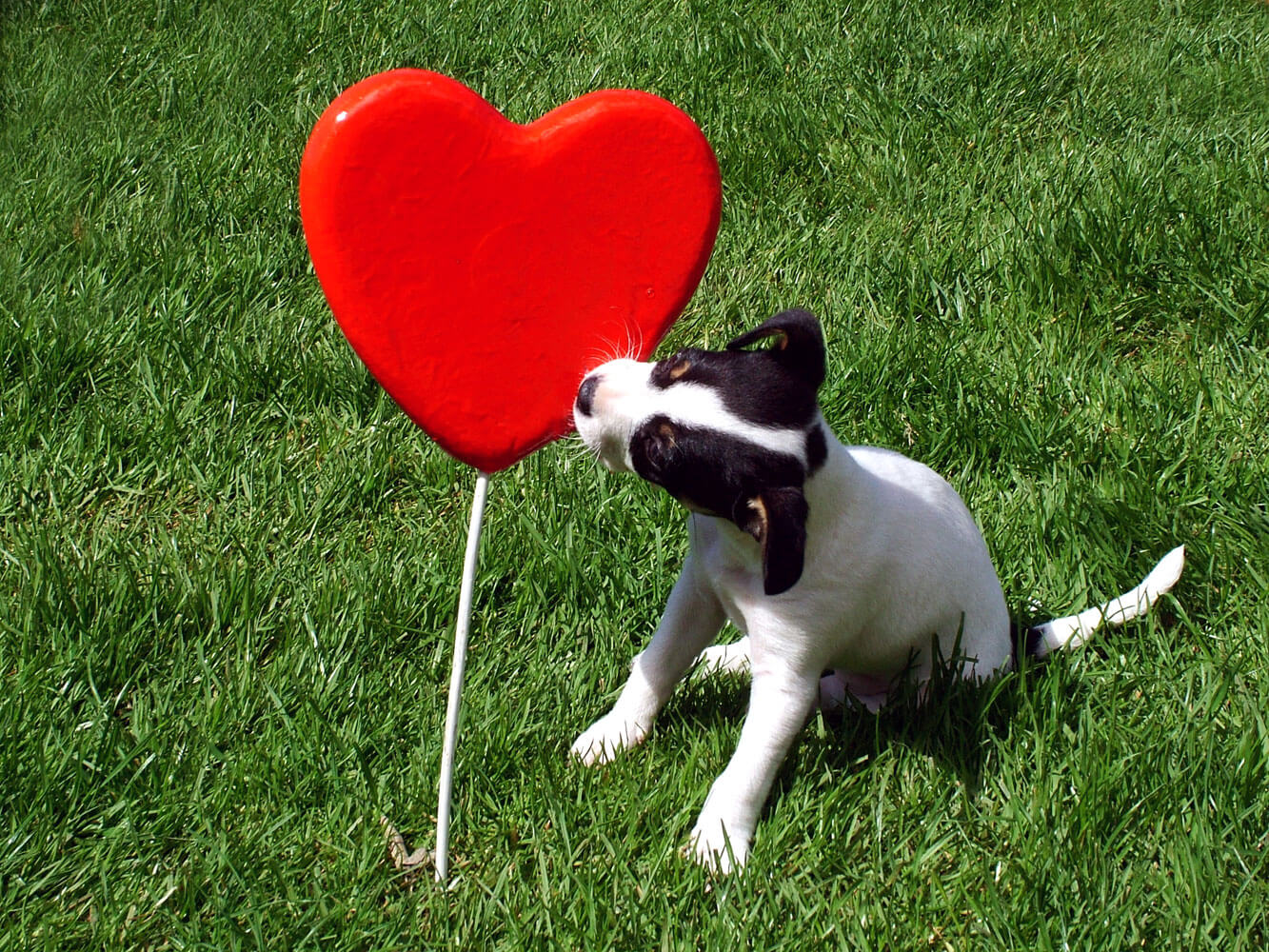How to get a “puppy pass” for your new furry friend

Teaching an old dog new tricks might be challenging but teaching them to welcome a puppy into your home can be done. You just need a bit of work from your side, but hey, it honestly can be done!
One of the most important things to keep in mind is that you are bringing a pup with endless energy and enthusiasm into your older dog’s world. He is accustomed to how things are done in your home, is settled in his routine, and is happy in his own skin so he might not be too thrilled about the new addition to the family, and in fact, might get a bit irritated.
This is what you want to avoid. Some say, happy wife, happy life, at petinsurance.com.au, we say happy pets, peaceful home.
You need to understand the dynamics between the two and get the older dog to get to the point where he tolerates and accepts the new family member and gives it a “puppy pass,” as some might call it.
First things first. It might be a good idea to research your breeds to see if blending them would be a good fit. This will be beneficial for both pets as a big dog might hurt a small pup, and a big pup might hurt a smaller older dog.
Make sure to take them for a vet visit before you introduce them. This will ensure that they don’t have any parasites or possibly contagious conditions that they could transfer from one to the other.
Remember to take it slow when introducing them. Introducing them on neutral territory might be best. Keep them both on a leash and try introducing them in an open park area where no one is the boss. Remember to not pull the leash, keep it relaxed so that the pets don’t feel anxious. If things look good, you can even take them for a stroll so that they can get used to each other’s presence. Some dogs hit it off right away.
The key thing is to be patient and take their lead. Keep a close eye on body language you will immediately see if there is tension, growling, or aggressive staring and you might then have to direct their attention somewhere else.
Once they seem comfortable, you can take them home and try the same in your garden. All of the above still counts, keep a close eye on them as the older dog might now become territorial. Remember, whatever happens, you are the parent; you need to calm the situation when it seems like things might go south.
If they have settled outside, it is now time to take them indoors. In the beginning, it might be a good idea to have some spaces where the puppy doesn’t have access to so that the older dog can have a break when needed. You might want to get a crate for the puppy, separate some areas with baby gates, or even have separate rooms allocated to the two.
Just like with our two-legged little ones, our pets also need boundaries. A good way to avoid territorial behaviour and keep the peace is to give each pet their own toys and belongings.
You might also find it useful to focus a bit more on your older pet to ensure they don’t feel anxious. Try greeting them first, feeding them first, and leashing them first when you go out.
In the beginning, it might also help if you keep their food dishes separate so that they can eat on their own and not get territorial during mealtimes.
The good thing to know is at least one of the pets will be easy to adapt to. A pup easily accepts new people, places, and animals, especially when they are between the age of 2 and 4 months old.
Always give praise where it is due. When the two of them are interacting and displaying good behaviour, give them positive feedback as it will encourage them to behave the same way in the future.
Before you know it, your older pet would have given a “puppy pass” to your new family member and you will all live happily ever after.
